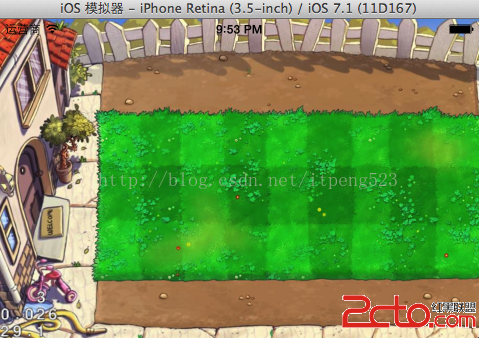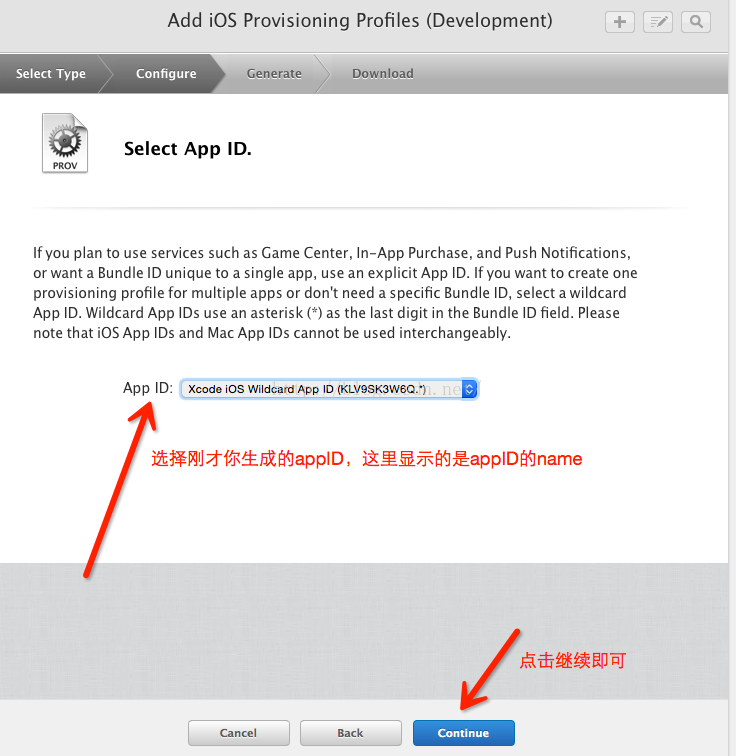iOS_關於手機支持的屏幕方向
編輯:IOS開發綜合
設置支持的屏幕方向有兩個級別,一個是app級別的,另一個是viewController級別的。
app 級別的可以在[target]-[general]-[device orientation]裡面設置,如下圖:

默認情況下Upside Down沒有勾選,其他都勾選了。
(為什麼Upside Down不推薦勾選呢,因為iPhone的電話app是不支持Upside Down的,如果你的app支持Upside Down,萬一用戶在用你的app的時候Upside Down了,這時候來了電話,就會看到整個來電的畫面是顛倒的,用戶體驗很不好。一向注重用戶體驗的蘋果是不推薦你勾選Upside Down的)
viewController級別的就是在各個viewController裡面設置了。
這裡有一點需要注意,viewController的設置受app級別設置的限制,也就是viewController能夠設置的屏幕方向只能是在app級別中勾選的一種或多種,沒有勾選的是不能設置的。比如上面的Upside Down沒有勾選,那麼viewController也就不能設置Upside Down的方向。
那麼在viewController裡面怎麼設置屏幕方向呢?
iOS6以前:
// 設置屏幕只支持豎向
- (BOOL)shouldAutorotateToInterfaceOrientation:(UIInterfaceOrientation)interfaceOrientation
{
return (interfaceOrientation == UIInterfaceOrientationPortrait);
}
從iOS6開始,上面的方法已經被拋棄,有了3個新的方法:
// 不支持屏幕旋轉
- (BOOL)shouldAutorotate
{
return NO;
}
// 只支持豎向
- (NSUInteger)supportedInterfaceOrientations{
return UIInterfaceOrientationPortrait;
}
// 畫面一開始加載時就是豎向
// - (UIInterfaceOrientation)preferredInterfaceOrientationForPresentation {
// return UIInterfaceOrientationPortrait;
// }
如果iOS6之前的版本也對應,那麼被拋棄的那個方法也需要加上去。
但是,iOS8.3開始,在有UIAlertView的viewController裡面,彈出UIAlertView的時候會崩潰,Log信息如下:
Terminating app due to uncaught exception 'UIApplicationInvalidInterfaceOrientation', reason: 'Supported orientations has no common orientation with the application, and [_UIAlertShimPresentingViewController shouldAutorotate] is returning YES'
通過查閱官方文檔,發現supportedInterfaceOrientations方法的返回值是UIInterfaceOrientationMask類型的,所以應該用UIInterfaceOrientationMaskPortrait。UIInterfaceOrientationMask類型從iOS6就有了,只不過到iOS8.3才會崩潰。
至於preferredInterfaceOrientationForPresentation方法,返回值還是老的UIInterfaceOrientation類型。
相關文章
+



